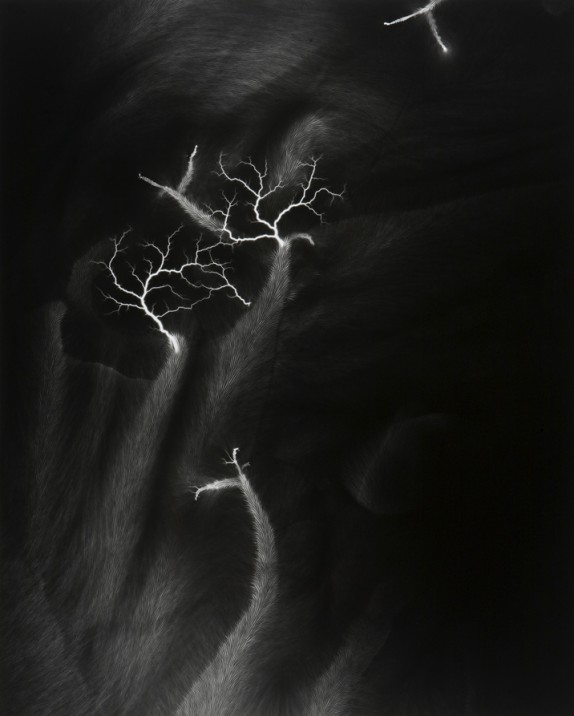 The Quai Branly Museum has just launched the second edition of Photoquai, its photography biennale of "world images". The mission of the biennale, to "highlight and make known, artists whose work is previously unexhibited or little known in Europe, and to foster exchanges and the exchanging of views on the world," sounded pretty good to me (as far as these mission things go) as this is basically what I am trying to do in photography. The fine art photography world can be very Western-centric and there is a huge amount of great work out there that does not make it onto the European or American photography circuit.
The Quai Branly Museum has just launched the second edition of Photoquai, its photography biennale of "world images". The mission of the biennale, to "highlight and make known, artists whose work is previously unexhibited or little known in Europe, and to foster exchanges and the exchanging of views on the world," sounded pretty good to me (as far as these mission things go) as this is basically what I am trying to do in photography. The fine art photography world can be very Western-centric and there is a huge amount of great work out there that does not make it onto the European or American photography circuit.
For the second edition of Photoquai, fifty photographers have been invited to show a handful of works each. The photographers are chosen by several guest curators who each select a few photographers from the region that they represent. I met with Tadashi Ono, a photographer and the guest curator responsible for Japan, Korea and South-East Asia, over the summer and got a sneak preview of his choices: I know Masato Seto and Hiromi Tsuchida's terrific work well, but all of his other selections were new to me and uniformly interesting. His selection focuses on documentary work in the loosest possible sense; most of these artists deal with the transformation of society, personal identity or of the landscape. After a couple of afternoons spent listening to his stories of research travels throughout Asia and previewing the work on his laptop, I had high hopes for Photoquai.
The biennale is not in the museum itself but on the banks of the Seine directly opposite. It's set up as a photographic walk through a series of modules on which the work is exhibited. As this all takes place outdoors, the photographs are printed on weatherproof material and of course this means that allowances have to be made for the quality of the printing. They made a decent effort with the scénographie (although I spent half of my time trying to figure out whose photos were whose) and the lighting, and the location cannot be beat. However, having finally taken the time to go through all the work on show, I have to admit that I was pretty disappointed.
There is a danger with a festival that is set up to show "non-Western photography" that the work will be chosen to match a Western exoticised ideal, or that it will end up being a collection of photo-journalist reportages on poverty and deprivation in the third world. In theory Photoquai's system of inviting guest curators to help source work from all of these regions should avoid this, but I felt that it fell short of the mark. I found a majority of the work here to be forgettable and a few of these photographers presented here should be tried for Photoshop crimes against photography.
I don't want to be overly negative as thankfully I also made some interesting discoveries. The Iranian Gohar Dashti's photographs of a young couple living a seemingly ordinary life (sleeping, eating, getting married) on a battlefield surrounded by tanks and soldiers, have a surrealist and poetic quality reminiscent of the films of the Palestinian director, Elia Suleiman. Chuha Chung from Korea's images of life in a Korean town adjacent to a nuclear power plant raise the question of how life goes on in the shadow of such a powerful and ominous symbol. Pablo Hare from Peru's Monuments series, is a study of the monuments, from the grand to the ridiculous, and how these affect and interact with the public spaces around them.
However, Photoquai really feels like a missed opportunity. It is not easy to get a new photography festival off the ground in these troubled times, but it is always a shame when you see an event fall far short of its commendably ambitious aims.
Photoquai, Quai Branly Museum, Paris, 22 September - 29 November 2009
Update Further reading: Pete Brook has put together a good round-up of online opinion on Photoquai.






